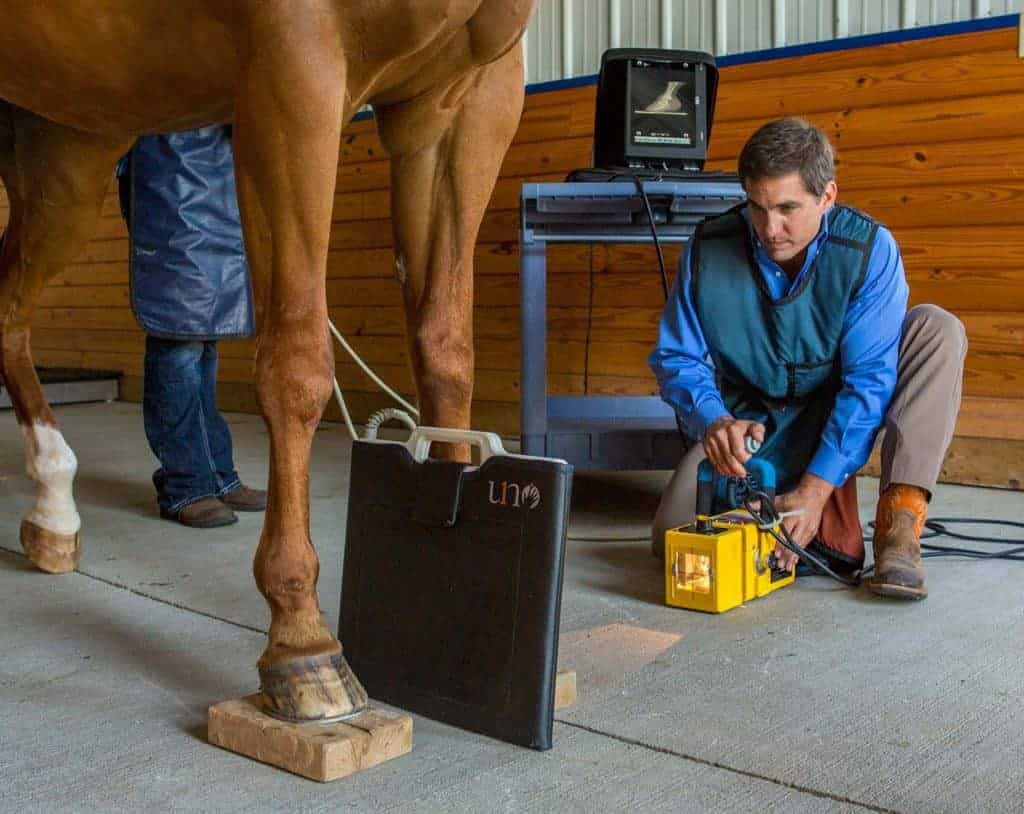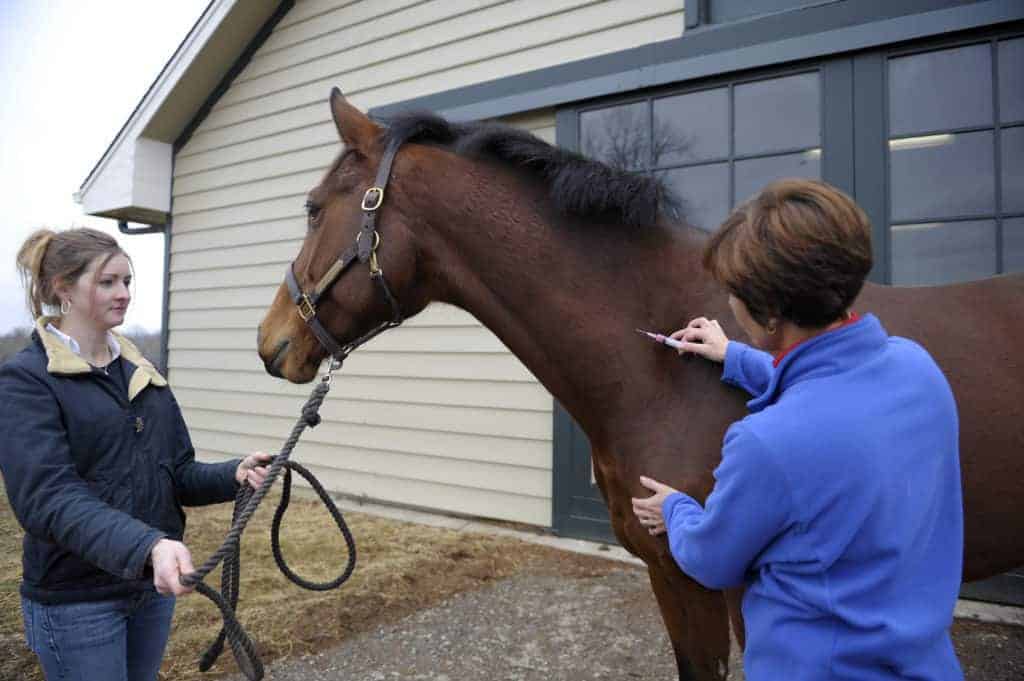
Do Radiographs Change as Weanlings Grow to Yearlings?
Many of the abnormalities researchers evaluated in weanling X rays improve by the time the horse was a yearling.

Many of the abnormalities researchers evaluated in weanling X rays improve by the time the horse was a yearling.

Reproductive endocrinology can influence a horse’s overall health and well-being.

Find tips on handling bacterial pleuropneumonia, pneumothorax and hemothorax, rib fractures, and ARDS in foals.

An equine behaviorist offers tips on managing potentially stressful situations to which horses might react adversely.

Controlling disease spread can be challenging. A veterinarian offers tips on how to react if your farm becomes infected.

Preliminary results suggest risk factors include fewer high-speed workouts and a drop in racing class, among others.

Sedation and bandaging can help buy time for a thorough exam and to make a thoughtful decision about the horse’s future.

Findings suggest blood serum SAA levels could be an earlier indicator of joint infection than synovial fluid SAA levels.

In one study, bacteria in 91.5% of the foals were susceptible to this antimicrobial combination.

Cases of CEM, EHV-1, and more have taught officials how to best prevent and respond to outbreaks.

Vets can use intracytoplasmic sperm injection, oocyte transfer, and cloning to help subfertile mares produce foals.

In one trial, oral acetaminophen was comparable to flunixin meglumine at relieving hoof pain.

Implement appropriate biosecurity measures pre-emptively, as infectious disease is an ever-present risk with horses.

Managing itchy horses can be a perplexing and frustrating challenge. Veterinarians share ideas on how to help.

Have a vet ensure your foal is developing well and your mare is ready for her next mating at her foal heat.

The digital cushion, located in the rear of the hoof, protects the foot’s complex bone and soft-tissue structures.
Stay on top of the most recent Horse Health news with
"*" indicates required fields